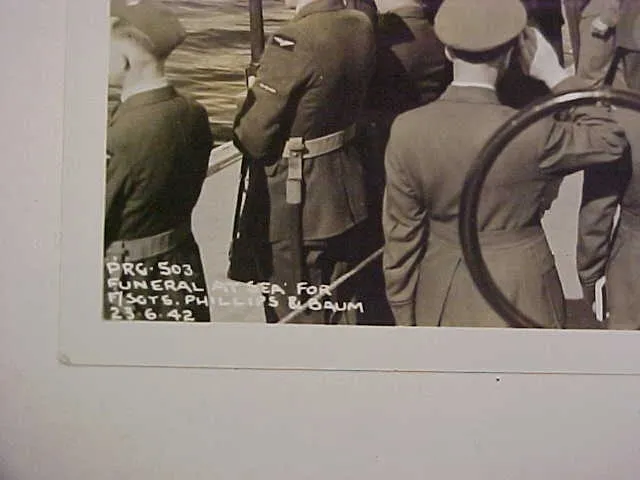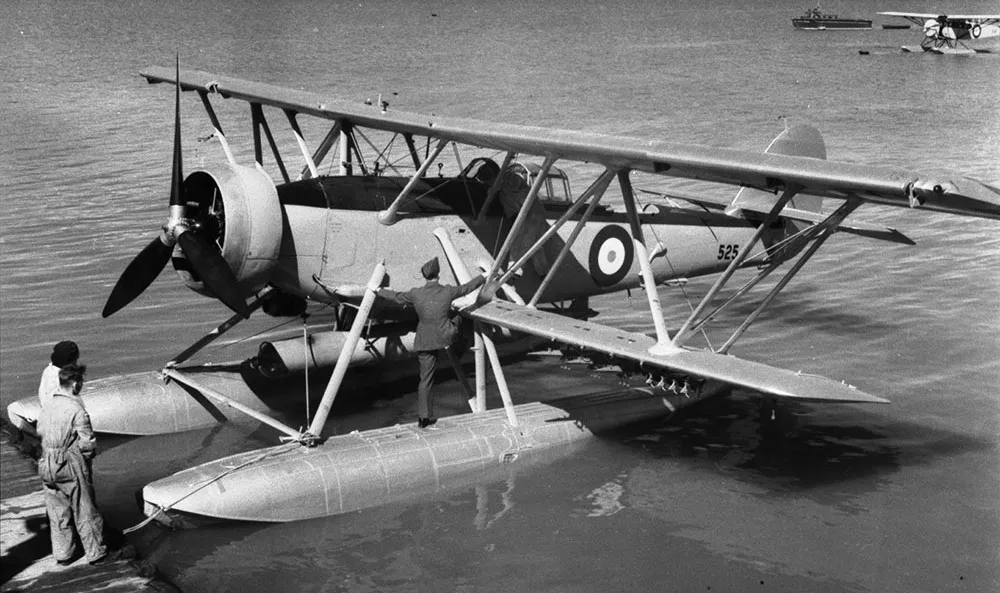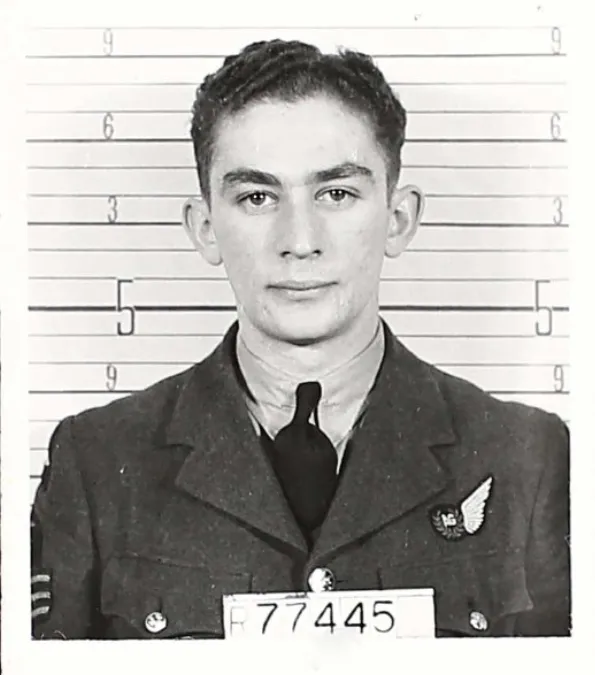Phillips, Harold Edwin
Killed in Action 1942-06-20


Birth Date: 1919-May-19
Born:
Home: Auburn, New York, USA
Enlistment:
Enlistment Date: Unknown
Service
RCAF
Unit
7 Sqn- Squadron
Base
RCAF Stn. Prince Rupert BC
Rank
Flight Sergeant
Position
Flight Sergeant
Service Numbers
R/84160
First Burial
 Ottawa War Memorial, Ottawa, Ontario
Ottawa War Memorial, Ottawa, Ontario
This incident involved multiple aircraft:
- Shark III Serial: 524
All the above aircraft in the above list are referenced in this report.
Blackburn Shark

Blackburn Shark Mk. III, RCAF (Serial No. 525), No. 6 (Torpedo Bomber) Squadron, May 1939
The Blackburn Shark was a British carrier-borne torpedo bomber built by the Blackburn Aircraft company in England. It first flew on 24 August 1933 and went into service with the Fleet Air Arm, Royal Canadian Air Force, Portuguese Navy, and the British Air Observers' School, but was already obsolescent by 1937 and in the following year, replacement by the Fairey Swordfish began.
The Blackburn T.9 Shark was designed and built, initially as a private venture, to Air Ministry Specification S.15/33 for a torpedo-spotter-reconnaissance aircraft to be operated by the Fleet Air Arm. It had a crew of three, with the observer/wireless operator and gunner sharing the second cockpit (open on Mks I and II, enclosed on Mk III). Armament consisted of one fixed, forward-firing .303 in (7.7 mm) Vickers machine gun, plus a .303 in (7.7 mm) Vickers K machine gun or Lewis Gun mounted on a Scarff ring in the rear cockpit, with provision for a 1,500 lb (680 kg) torpedo or equivalent bombload carried externally.
The prototype was subsequently fitted with twin floats and was test-flown at Brough in April 1935 with successful sea trials taking place at the Marine Aircraft Experimental Establishment Felixstowe.
The RCAF purchased seven Blackburn Shark II (760 hp/570 kW Tiger VI) in 1936 for service with No 6 (TB) Squadron, later operating as No 6 (BR) Sqn on shipping patrols off the Canadian west coast. Two Blackburn Shark IIIs (800 hp/600 kW Pegasus III) were supplied to RCAF by Blackburn in 1939 as forerunners of 17 similar aircraft built by Boeing Aircraft of Canada at Vancouver, with 840 hp (630 kW) Pegasus IX and used by Nos 6 and 4 (BR) Squadrons. RCAF Blackburn Sharks, some of which operated as floatplanes, were withdrawn from service in August 1944 and five were then transferred to the RN Air Observers' School in Trinidad.Wikipedia
Shark 524
Shark III 524
To No. 6 (BR) Squadron on 27 January 1940, at RCAF Station Jericho Beach, BC. Bombed up and placed on standby, 10 April 1940, in order to intercept Norwegian merchant vessels if they attempted to escape Vancouver harbour, no mission flown. To Alliford Bay, Queen Charlotte Islands, with this unit in May 1940. Flew squadron's first operational patrol from Alliford Bay, on 30 May 1940. Visited RCAF Detachment Bella Bella, BC on 20 May 1940, refueled en route to Alliford Bay. Transferred to No. 7 (BR) Squadron December 1941. Crashed off Ketlakatla, BC on 20 June 1942, after striking slipstream of another Shark. 2 crew lost, only one float ever found.1940-01-24 Taken on Strength 2019-08-20
1942-April-21 Accident: 7 BR Squadron Loc: Aerodrome Names: Fitzpatrick | Rhodes | Switzer
1942-June-20 Accident: 7 BR Squadron Loc: Digby Is Names: Baum | Phillips
1942-07-13 Struck off Strength Struck off after accident, see comments. 2019-08-20
 Canadian Virtual War Memorial
Canadian Virtual War Memorial Commonwealth War Graves Commission
Commonwealth War Graves Commission www.findagrave.com
www.findagrave.com

 Wikipedia Blackburn Shark
Wikipedia Blackburn Shark Harold A Skaarup Web Page
Harold A Skaarup Web Page RCAF Blackburn Shark Serials - Kestrel Publications
RCAF Blackburn Shark Serials - Kestrel Publications